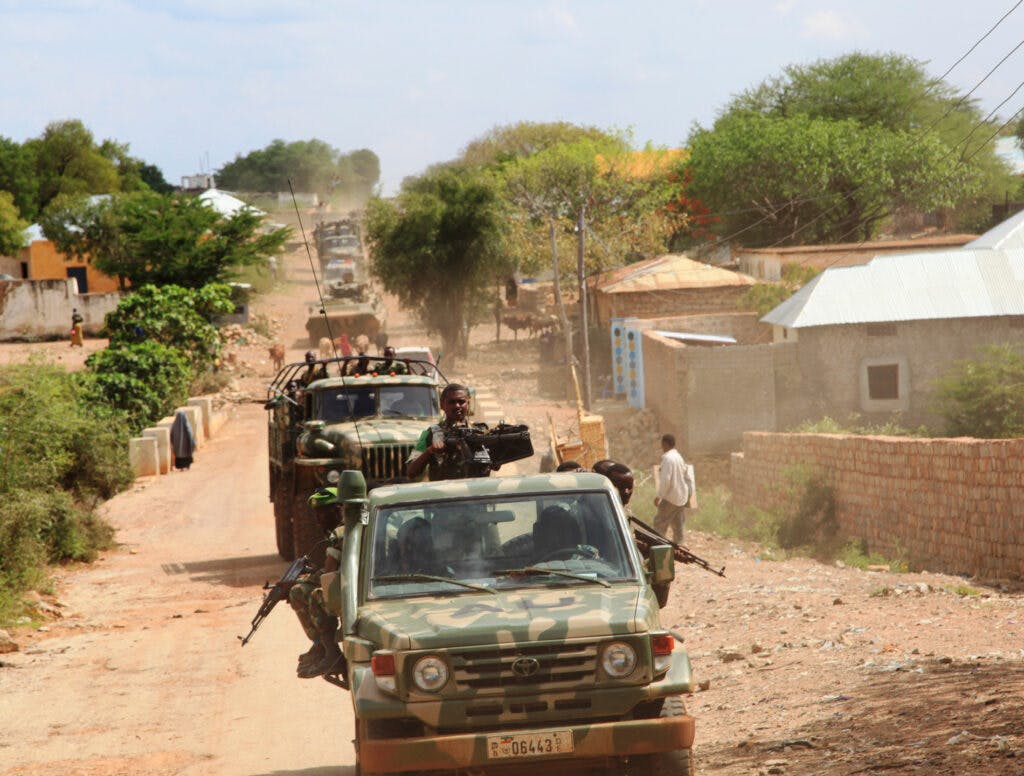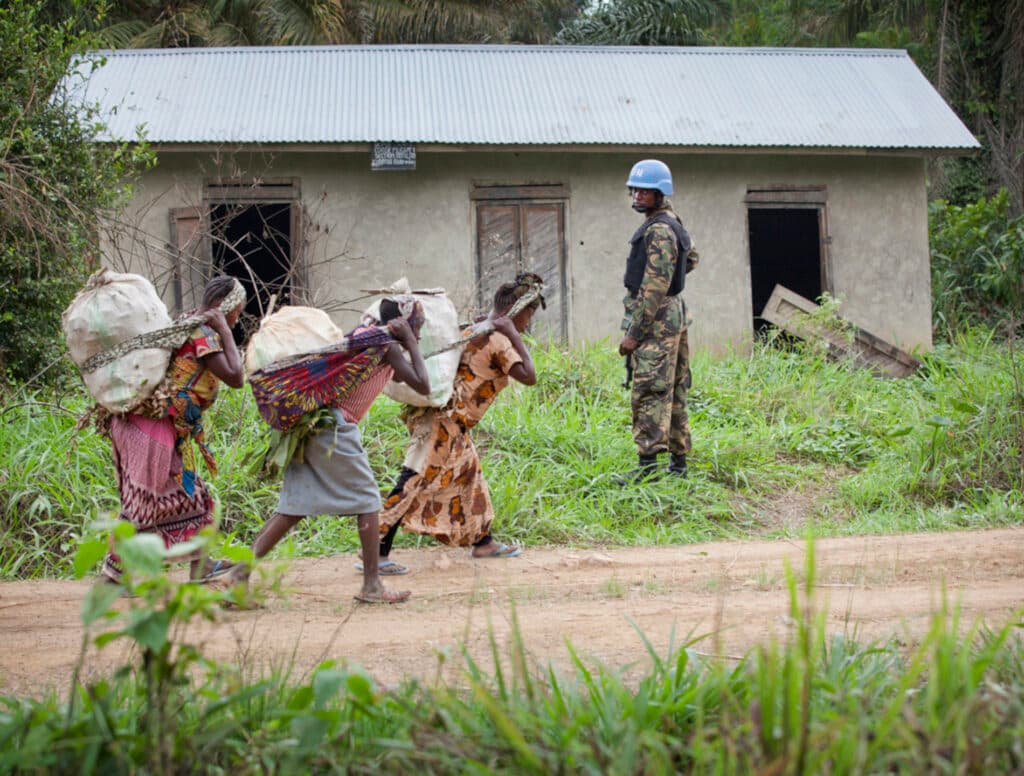
Protection of the wounded and sick
International humanitarian law (IHL) and the protection of soldiers who are wounded or sick.
The protection of the wounded and sick remains a central focus of international humanitarian law. The Geneva Conventions were inspired by the horrific scenes and neglect and suffering of the wounded witnessed by Henry Dunant during the battle of Solferino of 1859.
Two of the four Geneva Conventions specifically focus on the protection of soldiers who are wounded and sick, be it on land or at sea. Wounded and sick civilians were also included under the category of protected persons.
International humanitarian law (IHL) does not just only set out direct protections for individuals who are wounded and sick but also looks to protect medical transport, personnel, and medical installations such as hospitals and clinics.
Key protections include:
- Wounded and sick persons may never be attacked; they shall be protected and respected. In addition, they are entitled to medical attention and care;
- In order for the parties to a conflict to give medical care to all wounded and sick, medical staff, equipment, buildings, and vehicles are also protected;
- The parties to a conflict have the obligation to search for wounded and sick. Wounded and sick can never be discriminated against; no distinction should be made between enemy soldiers or own soldiers. Medical imperative is the only relevant factor;
- Medical personnel can never be hindered in their medical work. They should be allowed to be moved unharmed and with minimum delay;
- All parties to an armed conflict should facilitate the work of medical personnel;
- Medical personnel should carry out their work neutrally and impartially;
- Wounded and sick persons, as well as medical personnel, have the right to protection as long as they do not take part in the hostilities. If ambulances or medical buildings are used in fighting, they will lose their protection;
Attacks on the wounded and sick are deemed to be grave breaches of the Geneva Conventions.



